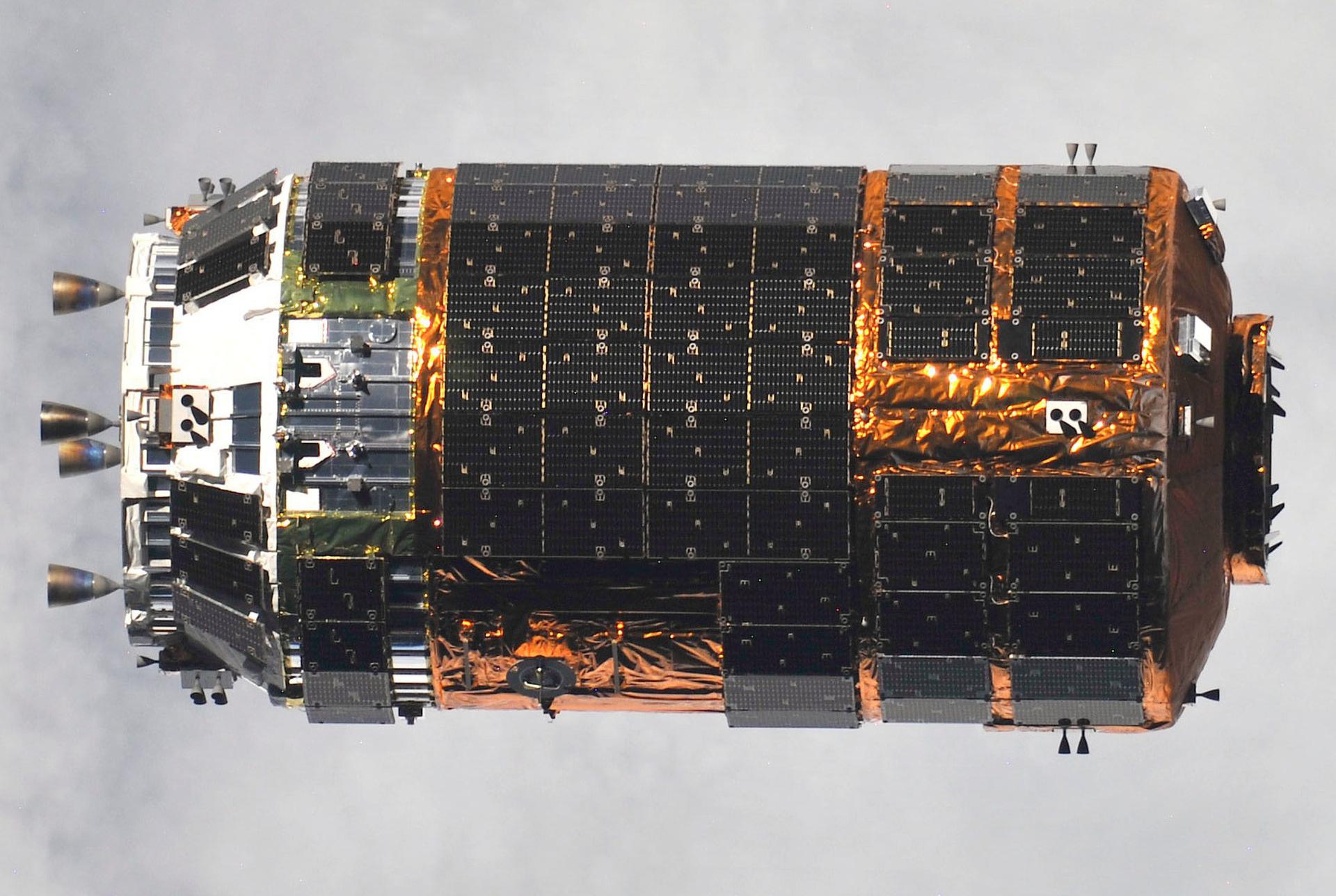H-II Transfer Vehicle (HTV)
ACTIVE

SPACECRAFT INFO
The HTV is about 9.8 metres (32 ft) long (including maneuvering thrusters at one end) and 4.4 metres (14 ft) in diameter. Total mass when empty is 10.5 tonnes (11.6 short tons), with a maximum total payload of 6,000 kilograms (13,000 lb; 6.0 t; 6.6 short tons), for a maximum launch weight of 16.5 tonnes (18.2 short tons). The HTV is comparable in function to the Russian Progress, European ATV, commercial Dragon, and commercial Cygnus spacecraft, all of which bring supplies to the ISS. Like the ATV, the HTV carries more than twice the payload of the Progress, but is launched less than half as often. Unlike Progress capsules and ATVs, which use the docking ports automatically, HTVs and American commercial spacecraft approach the ISS in stages, and once they reach their closest parking orbit to the ISS, crew grapple them using the robotic arm Canadarm2 and berth them to an open berthing port on the Harmony module.
MANUFACTURER INFO
Japan Aerospace Exploration Agency
SPACECRAFT SPECIFICATIONS
CREW
null
(diameter)
4.4 m
(height)
9.8
HUMAN RATED
PAYLOAD
6000
FIRST FLIGHT
2009-09-10
FLIGHT LIFE
Solo flight about 100 hours, stand-by more than a week, docked with the ISS about 30 days.
